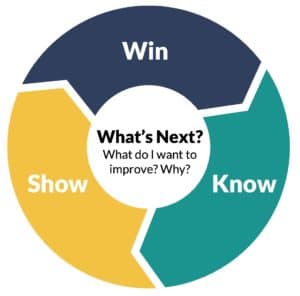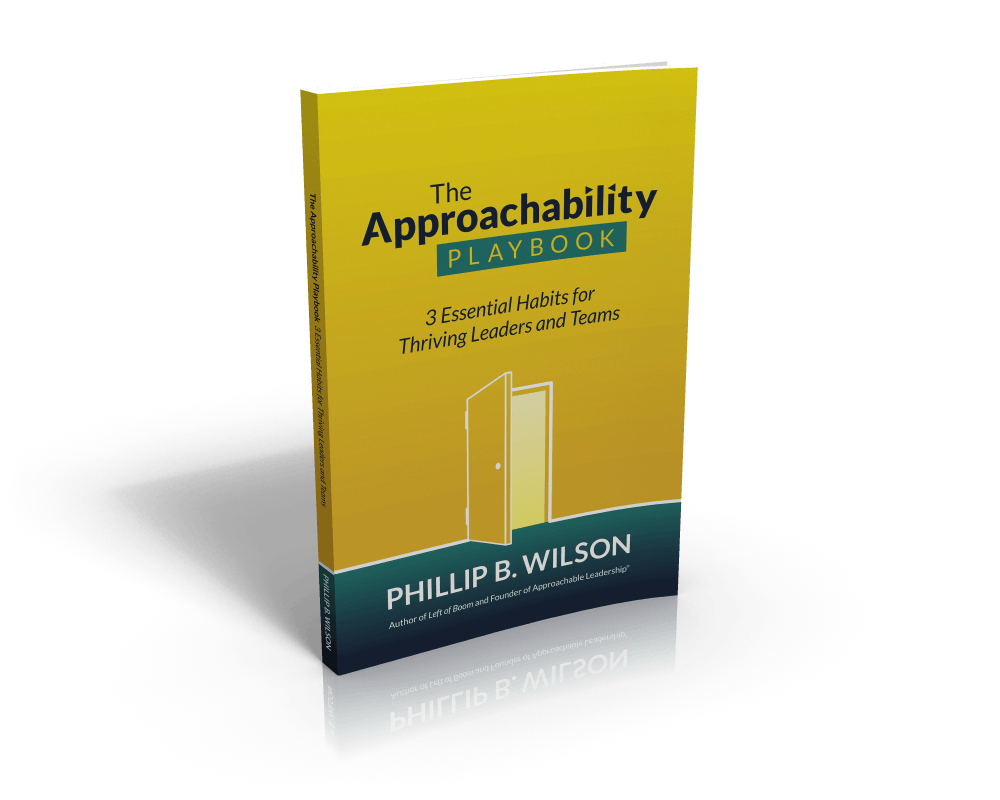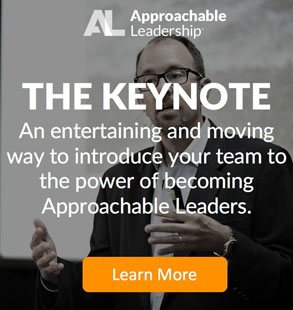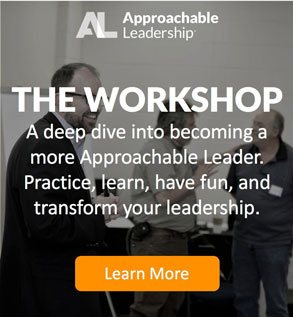Have you ever pulled an all-nighter?
When was your last all-nighter? It’s been a while for me – I’m too darn old. But this weekend my good friend Greg Hawks invited me to see Jack White in Dallas (thanks for the ticket, Greg!)
After the show we decided to drive back to Oklahoma City since I needed to be in Tulsa the next day. Long story short, I got about three hours of sleep. Before hitting the Turner Turnpike on my way home the next morning, I needed coffee.
In my sleep-deprived state I turned on Ben Johnson’s Perpetual Chess podcast (yeah, I’m so dorky that a chess podcast keeps me awake!). Then I headed to Starbucks.
I approached a stoplight at the top of a hill when I realized I’d screwed up Greg’s directions. I grabbed my phone and pulled up the map. That’s when I heard the horn blaring behind me.
I looked up startled and checked my rear-view mirror. I was rolling backwards toward the panicked person who’d pulled up behind me! She honked just in time. Luckily, I soon got my Americano and the drivers of Oklahoma were once again safe.
As leaders we often find ourselves in similar situations at work. We’re tired. Stressed. We fool ourselves into thinking we can multi-task. Then we are confronted with a coworker who is dealing with a situation that requires our full attention. And instead of listening actively we start sliding backwards, just like my SUV on the top of that hill.
Active listening is essential. And hard.
Late last year Steve Parrish over at Farnam Street blog (highly recommended blog, by the way) wrote a thought-provoking piece on active listening. Parrish starts out with a quote by M. Scott Peck:
“You cannot truly listen to anyone and do anything else at the same time.”
Have you experienced this? I have to catch myself all the time (not always with success). You know, things like:
“Let me just look up that one detail which totally pertains to what we’re talking about.”
or
“Oh yeah, I just have to finish this one line on this urgent email. I’ll just do that real quick and then I’ll be ready to talk.”
It’s these little “mindless” things that catch us. Because here’s the deal: they’re not mindless. Each demands a bit of our attention. We type our query into Google (ooh, look at that site on what I was searching for earlier today!). Then pick the right article (this one isn’t perfect, maybe one of those other 270,000 articles would be better). And then… well, you get the picture.
You cannot do two things at once.
Study after study proves that interruptions break up our focus and flow. It’s time we accept these interruptions destroy our listening game too. You either have time to give someone your complete attention or you don’t. Stop playing the middle ground. It’s not helping anyone.
3 Ways to Up Your Active Listening Game
One: Cognitive Bias and Selective Listening
A cognitive bias is a systematic error in thinking that effects the decisions and judgements that people make. Ever seen one of those crime shows where two witnesses remember the exact same event completely different? That’s cognitive bias at work.
Cognitive bias effects our memory. Two people remember the same event differently due to differences in how they “compartmentalize” the world around them. Each of our brains takes mental shortcuts or rules of thumb based on our prior experiences. This is useful. It is why we don’t have to re-learn how to drive a car every time we take the wheel.
However, like my stoplight experience shows, these shortcuts can get us moving the wrong direction. These memories can be categorized in ways that makes us pay extra attention to some information (the stuff that fits our mental model of the world) while ignoring things that don’t fit the model. Which leads to biased thinking and decision making.
Cognitive bias also leads to selective listening. We hear what we want to hear. We pay attention to the things that reaffirm our mental model and ignore things that don’t. Once we have enough information to affirm our mental model of the world our brains go, “OK, this fits the model. No need for more information.”
We all have cognitive biases and listen selectively. It comes naturally. If you want to up your active listening game the first step is to recognize how our brains can work against us.
This is why we teach the SLC+C “brain hack” in our Approachable Leadership workshops. The C in SLC stands for “confirm” (the other steps are “stop,” “listen” and “collaborate”). The point of the confirm step is to hijack your comfortable mental models and put you in a place that’s less certain. That signals to your brain “I have to pay extra attention here – this is different.”
Go to the original post. Parrish provides a great example of how this plays out in conversations between husbands and wives. Once you understand how this works, it’ll be hard not to notice when you do it. Or when others do it to you.
Two: It’s Not About YOU
There are a lot of narcissists in the world. And only the worst of them raise their hand when asked, “who here’s a narcissist?” They don’t see themselves that way. (Can anyone say cognitive bias?) So, I’ll ask you: Are you a narcissist?
Chances are you’re not a full-blown narcissist (after all, you’ve read this far in an article about how to listen better to others). But you can have a narcissistic response without being a full-blown narcissist. A lot of us do it. Notice how often you listen to respond. It usually goes like this:
You’re listening to someone. They say something that triggers an excellent point in your mind. You cling to it. You hold on to that point until it’s your turn to speak. My goodness you can hardly wait. And then the person talking stops to take a breath and you pounce! You drop your knowledge bomb on everyone and wait for the applause.
Whew! That felt good huh? You got to say what you wanted to say. Meanwhile, you didn’t really hear the last two minutes of what your partner was getting at. You might be able to repeat what he or she said. But you missed his point completely.
Fun fact: “The most frequently used written word in the [English] language is ‘the,’ but the most frequently spoken word is… ‘I.’”
Notice how often your response in a conversation begins with the word “I.”
Three: Write It Down
Why do therapists (and lawyers) almost always take notes when someone speaks? There’s a reason. Note taking not only cements an idea or thought into one’s brain. Notes also provide hard details to look back on later.
You wouldn’t necessarily whip out your notebook in a normal, casual conversation. But taking notes is something leaders can and should do when they’re having an important conversation with an employee or colleague.
It can sometimes take the person you’re speaking with a moment to get comfortable with the notebook. But it truly is a great tool to reaffirm for that person that you are listening, and that what they’re saying matters.
Taking notes is especially effective if you are using your other active listening skills, like asking clarifying questions and physically showing you are paying attention. Your notes also give you a concrete list of items you can refer to and repeat to make sure you’re understanding correctly.
The Approachable Leadership Way
Your door may always be open. You might be easy to talk to. And you may even be great at follow-up and follow-through. These are all great leadership traits (and critical pillars of being approachable). But they’re not enough.
If people don’t think you’re listening when they speak to you none of that other stuff matters. Anyone who doesn’t feel listened to, doesn’t feel understood; and that kills connection.
Just like a distracted or tired driver isn’t safe, neither is a distracted or unfocused leader. Active listening is the essential skill for leaders who don’t want to slide backwards in their conversations. I say skill because that’s what it is. Something you can learn, practice and improve.
If you’re interested in some more tips on how to improve your active listening skills download our Leadership Survival Toolkit to get our Active Listening tool. It identifies dozens of ways you can step up your active listening game. Get the toolkit here.


















